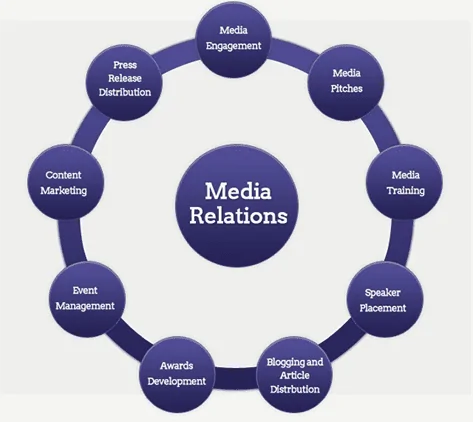Explain the public opinion research in communication and public relations.
Opinion research and Public Relations research are today focusing on the study of issues in stead of the study on traditional public’s. Tools of Public Relations research may not have changed much in the past decade, but there is an all round effort to get the timely and actionable processed data.
Public Relations research has three following functions:
- It confirms assumptions about the state of public opinion on an issue, or a company. It is analogous to the use of quality control systems in the manufacturing end of a business.
- It clarifies questions on which limited information is available, or on which apparently contradictory data are to be found.
- It helps in defining and focusing on the objectives and target group and in assigning priorities to Public Relations problems and Public Relations actions.
Many research techniques are there to conduct Public Relations and public opinion research. Conducting a content analysis of how an issue or a problem is treated in the press, published data and the like is a very old and still useful method. This desk research provides a pretty fair measure of the saliency of the problem and often useful hints as to which aspect of it seem to be arousing the greatest public interest.
Public Relations research is similar to public opinion surveys. Both these techniques complement one another and produce lots of data offering new insights into long-standing problems. Depth Survey is another form of opinion research, which is a useful tool for Public Relations professionals. In these surveys the researcher carefully avoids imposing his point of view on the respondent. Depth studies are useful in the earlier stages of programme in giving clues to the perimeters of a problem.
Managing Effectiveness:
How to do it or the methodology of doing things are key in managing effectiveness. Managing four important steps can results in the success in communication:
- Right Selection: Selecting the right message, the right target group, and the right media is the first step in managing effectiveness.
- Right Motivation: Motivating your target group to perceive and then act as you want them to be the next.
- Right Evaluation: Evaluating what has been achieved, what has not been achieved, and what needs to be done further is vital.
- Training and Development: This may be part of the programme undertaken,, but must be planned beforehand. Training is of personnel is very important and it should be an ongoing process.





